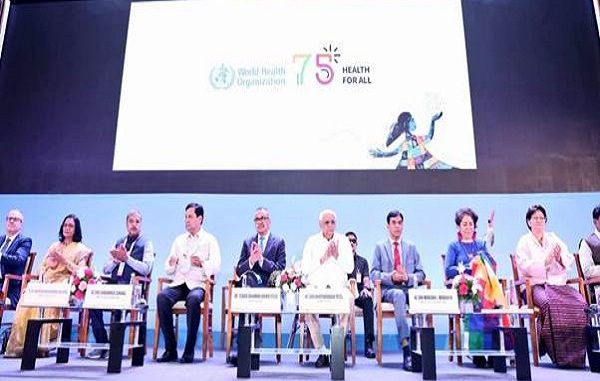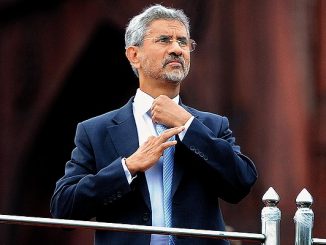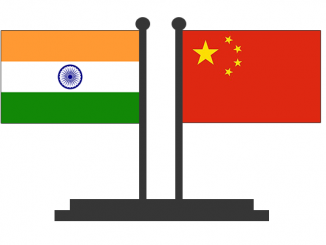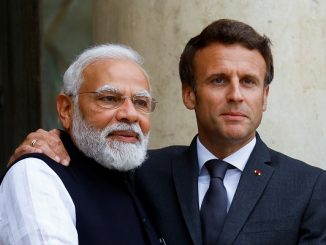
Aug 18: The first World Health Organization Global Summit on Traditional Medicine was inaugurated today at Gandhinagar, Gujarat alongside the G20 health ministerial meet. Director-General of WHO Dr Tedros Adhanom Ghebreyesus and the Union Minister of Ayush, Shri Sarbananda Sonowal, Union Minister of Health and Family Welfare Dr Mansukh Mandaviya were invited to light the ceremonial lamp to the accompaniment of auspicious hymns dedicated to Dhanvantari, the god of Ayurveda.
Chief Minister of Gujarat Shri Bhupendra Rajnikant Patel, Union MoS for Ayush Dr Munjpara Mahendrabhai Kalubhai, and senior delegates of WHO were also present on this occasion
In his inaugural address, Dr Tedros Adhanom said, “Traditional Medicine is as old as humanity itself. However, it is not a thing of the past. It has a growing relevance in communities and cultures even today.” Commending the Indian Government’s Ayushman Bharat Initiative, he praised the country’s medical system. Dr Tedros also noted the seamless integration of traditional medicine into primary healthcare in rural areas.
Addressing the gathering, Shri Sarbananda Sonowal said that the outcome of the historic WHO Traditional Medicine Global Summit will help to propose recommendations for a dedicated forum within future G20 presidencies. He reminded the gathering that the integrative approach of the government of India is resulting in the establishment of dedicated Ayush Departments in all AIIMS. He said that it all happened just because Hon’ble Prime Minster Shri Narendra Modi ji had a clear vision about the efficacy of Ayush and he strongly supported the efforts to give an all-round boost to the Ministry of Ayush for the benefit of the masses of India and the world.
On this occasion, Dr Mansukh Mandaviya highlighted the significant contributions of Mahatma Gandhi and Sardar Patel in nation-building. He emphasized that with the WHO GCTM leading the way towards a more prominent role of traditional medicine in mainstream healthcare, India is well-positioned to become a knowledge hub and unlock the full potential of TM. The pharmaceutical and cosmetic industries are both showing significant interest in traditional medicine and more than 170 countries around the world are utilizing it. The summit provides an ideal platform for international collaboration and the exchange of ideas to promote best practices in the sector, he concluded.
Speaking next, the Chief Minister of Gujarat, Shri Bhupendra Patel shared how Prime Minister Shri Narendra Modi believed that traditional medicine could play an effective role in dealing with a crisis like the covid pandemic. Following this thought, he began connecting other countries of the world with the mission of Traditional Medicine. His initiative has now emerged as the world’s first Traditional Medicine Global Summit.
Many visitors were drawn to the experiential Ayush Exhibition Zone which took place alongside an exhibition of traditional medicine systems from WHO’s six regions. The theme of the exhibition was ‘Ayush for Planetary Health and Well-being’ and is envisioned with showcasing the achievements of the Ministry of Ayush in areas of Education, Healthcare, Research and Public health. The Zone welcomed visitors with a display of medicinal plants including those used in Ayurveda.
The ministry’s pursuit of sustainable Ayush manufacturing and zero-waste was highlighted through an impressive pavilion. The exhibition featured their recycling practices and interactive kiosks, which allowed visitors to access comprehensive information about Ayush, including the location of all Ayush hospitals and a digital library with research papers related to the field. A virtual reality experience of Ayush Healthcare services was available. The mythical wish-fulfilling tree, the Kalpavriksha was the highpoint of the Ayush Exhibition Zone. In addition, visitors could engage in an immersive experience, featuring an AI-based Ayurveda Pulse diagnosis, body constitution analysis, and even a live Yoga demonstration.
Disclaimer: We donot claim that the images used as part of the news published are always owned by us. From time to time, we use images sourced as part of news or any related images or representations. Kindly take a look at our image usage policy on how we select the image that are used as part of the news.


